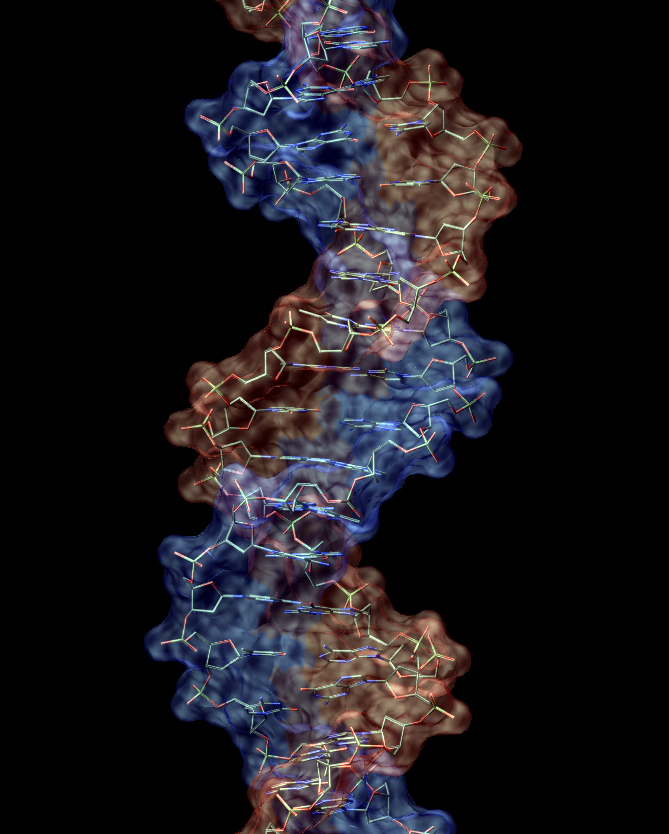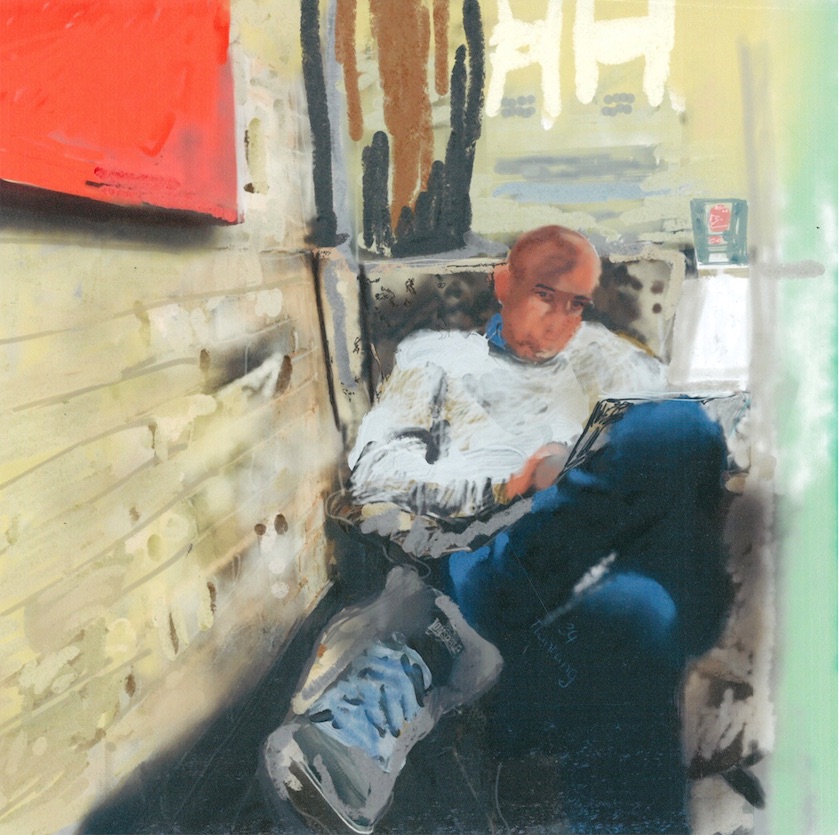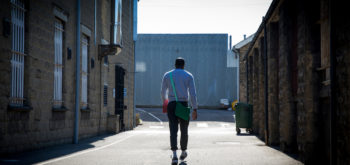DNA evidence doesn’t give a ‘yes/no answer’ and can ‘only be expressed in terms of a probability’, say forensic scientists
 The power of DNA to convict and exonerate is not ‘infallible’, according to a leading group of forensic scientists. Will Bordell reports.
The power of DNA to convict and exonerate is not ‘infallible’, according to a leading group of forensic scientists. Will Bordell reports.
At the first mention of ‘DNA evidence,’ our minds can be forgiven for wandering to starched white lab coats and the tortoise-shell glasses of television detectives. A report released today by researchers from the European Forensic Genetics Network of Excellence (EUROFORGEN) wants to challenge that.
‘Making Sense of Forensic Genetics’, written in partnership with the charity Sense about Science, aims to clarify the limitations of what DNA can and can’t tell us in criminal investigations. ‘Such is the power of DNA to identify, convict, and exonerate,’ the report argues, ‘that many perceive it to be infallible.’ While forensic evidence has given prosecutors and detectives a vital tool in their investigations and in court, the researchers argue that we should acknowledge that the science is not fool proof and can rarely stand up alone. ‘The DNA evidence won’t give a “yes” or “no” answer: it can only be expressed in terms of a probability,” maintain the scientists.
‘We all enjoy a good crime drama and although we understand the difference between fiction and reality, the distinction can often be blurred by overdramatised press reports of real cases,’ says Denise Syndercombe Court, a reader in forensic genetics at King’s College London and one of seven scientific contributors to the guide. ‘As a result most people have unrealistic perceptions of the meaning of scientific evidence, especially when it comes to DNA, which can lead to miscarriages of justice.’
One such miscarriage of justice involved Adam Scott, who was charged for raping a woman in a town he claimed he had never visited in his life. In October 2011, DNA evidence was used to arrest the teenager from Plymouth for an alleged sexual assault that had taken place over 200 miles away in Manchester.
A scientist claimed that the forensic evidence was strong, despite the fact that a DNA profile on its own ‘can’t provide any information about the body fluid it came from, or lead to the inference that sexual intercourse took place.’ Mobile phone records eventually proved that Scott had been in his home town at the time, and after five months in custody he was released. The real perpetrator has never been found.
Another case in 1999 saw Raymond Easton, a 49-year-old with Parkinson’s disease, charged with a burglary 175 miles from his home. Although he was unable to walk more than a few metres without help, he was arrested on the basis of forensic samples that partially matched his own. Further tests eventually proved his innocence, but not before he had spent several months in custody.
Since Colin Pitchfork became the first person to be convicted on the basis of forensic evidence in 1988, many successful prosecutions have originated in science labs. However, the conclusions we draw from DNA are often only sketches: necessary but not sufficient. ‘The world is a messy place,’ the report proposes, ‘and DNA is rarely deposited in neat packages from a single person.’
Often, samples from a very small number of skin cells can be unreliable. It is even possible that your DNA can end up in a room you have never entered, carried in by an item of clothing you brushed past or a banknote that was once in your wallet. More than this, the report is cautious about the current limitations of science that claims to use DNA to predict face shape, a technique that is not yet scientifically validated in spite of claims to the contrary.
David Bentley QC, a criminal defence specialist at Doughty Street Chambers, believes that it is essential for lawyers to understand these nuances: ‘As criminal cases come increasingly to rely on DNA evidence, getting to grips with this challenging and rapidly developing topic is becoming an essential skill for the criminal lawyer to have.’







